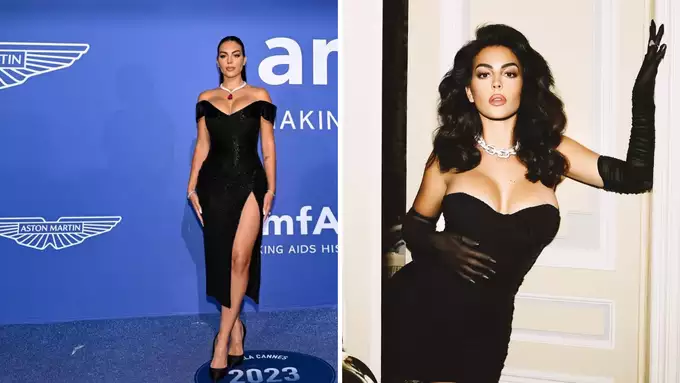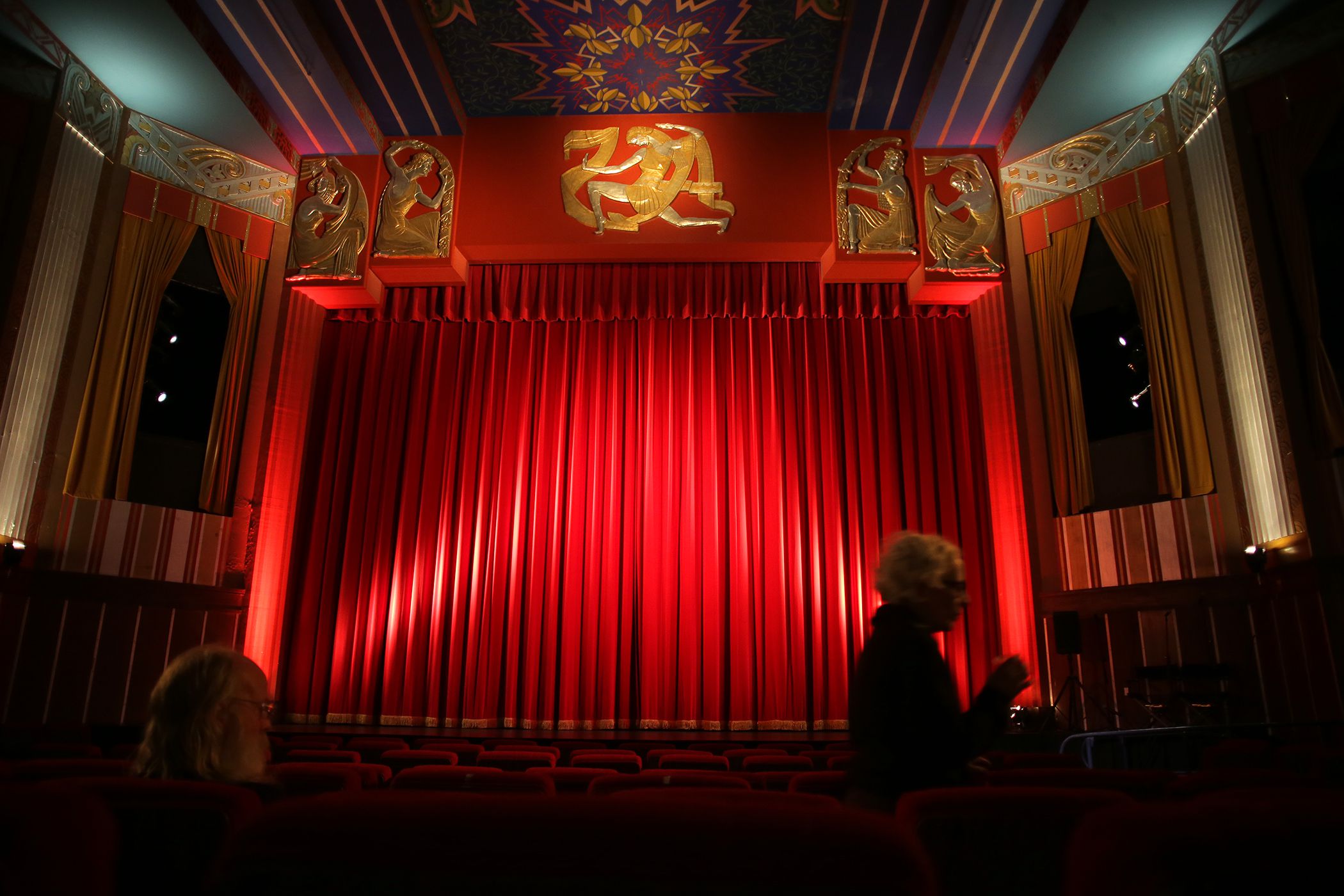For over a century, the Hollywood blockbuster has been more than just a film; it’s been a cultural event, an economic engine, and a barometer of popular taste. Its success was measured in a universally understood currency: the box office receipt. The weekend gross, the race to $100 million, the coveted “$1 billion worldwide” club—these were the metrics that defined a movie’s impact and a studio’s fortunes. The entire ecosystem, from greenlighting to marketing, was built around the singular goal of packing as many people as possible into dark rooms on a Friday night.
That paradigm, once unshakeable, is now undergoing its most profound transformation since the advent of television. The rise of streaming is not just another distribution channel; it is a fundamental force reshaping the DNA of the Hollywood blockbuster itself. We are moving beyond the box office into a new, more complex era where value is measured in subscriber growth, engagement minutes, and intellectual property (IP) synergy. This article will explore how the streaming revolution is altering the economics, aesthetics, and very purpose of the big-budget film, forcing a recalibration of what it means for a movie to be a “hit.”
Part 1: The Old Gods – The Box Office Blockbuster Era
To understand the present, we must first appreciate the past. The modern blockbuster era is widely considered to have begun with Steven Spielberg’s Jaws (1975) and was cemented by George Lucas’s Star Wars (1977). These films pioneered the wide-release, high-concept, marketing-saturated model that would dominate for the next 40 years.
The Theatrical Window: A Sacred Timeline
The cornerstone of this system was the “theatrical window.” This was an exclusive period, typically lasting 90 days, during which a film could only be seen in cinemas. This window was sacrosanct, protected by complex agreements between studios and theater chains. It served several crucial purposes:
- Maximized Revenue: It forced audiences who wanted to see a film immediately to pay a premium price at the theater.
- Created Scarcity and Event Status: The inability to watch a film at home for three months amplified its must-see, water-cooler appeal.
- Fueled Ancillary Markets: After the window, the film would be released sequentially to the home video market, pay-TV (like HBO), and eventually free-to-air television, each step generating a new wave of revenue.
The “Four-Quadrant” Mandate
The economics of a tentpole film, often costing $200 million or more before marketing, demanded that it appeal to all four major demographic “quadrants”: Male and Female, Under and Over 25 years old. This led to a certain homogenization—a focus on broadly appealing, often family-friendly spectacles with relatable themes, clear heroes and villains, and just enough romance and humor to keep everyone engaged. Franchises like Harry Potter, the Marvel Cinematic Universe (MCU), and Pirates of the Caribbean perfected this model.
Success was simple, public, and brutal. A film’s performance was splashed across entertainment news every Monday morning. A strong opening weekend could cement a new franchise; a weak one could kill it. The box office was the ultimate, unforgiving judge.
Part 2: The Great Disruption – The Streaming Tsunami
The foundations of this system began to crack with the mainstream adoption of high-speed internet and the visionary rise of Netflix from a DVD-by-mail service to a streaming powerhouse. Initially, studios saw streaming as a new, lucrative ancillary market, a digital version of the old pay-TV window. They licensed their old content to Netflix for handsome fees, inadvertently funding their own disruptor.
The pivotal moment came when Netflix, Amazon, and later Disney+, Apple TV+, and others, decided to become studios themselves. They realized that in the attention economy, owned content was the key to subscriber acquisition and retention. The COVID-19 pandemic acted as a brutal accelerant, shuttering theaters and forcing studios to confront an existential question: how do we monetize our $200 million movies when cinemas are closed?
The Day-and-Date Experiment and the Window’s Collapse
Warner Bros.’s controversial decision in 2021 to release its entire annual slate, including Dune and The Matrix Resurrections, simultaneously in theaters and on HBO Max was a watershed moment. It shattered the 90-day window overnight. Other studios experimented with hybrid models: premium video-on-demand (PVOD) at a $30 rental fee, or drastically shortened theatrical windows.
The genie was out of the bottle. Audiences had tasted the convenience of premiering blockbusters at home, and the industry could not simply put things back the way they were. The theatrical window, while not dead, is now a flexible, strategic variable rather than an immutable law.
Part 3: The Reshaping – Five Ways Streaming is Changing the Blockbuster
The impact of streaming extends far beyond release schedules. It is influencing the very nature of blockbuster filmmaking.
1. The New Economics: Subscribers Over Ticket Sales
This is the most fundamental shift. For a traditional studio, a blockbuster’s success is measured by its direct revenue: ticket sales. For a streamer, a blockbuster is a “loss leader.” Its primary purpose is not to turn a direct profit but to:
- Acquire New Subscribers: A major film like Top Gun: Maverick (Paramount+) or Avatar: The Way of Water (Disney+) drives sign-ups.
- Reduce Churn: A constant pipeline of big releases gives subscribers a reason to stay month after month.
- Increase Customer Lifetime Value: A subscriber paying $15/month for years is far more valuable than a single $15 ticket sale.
This changes the calculus of “greenlighting” a project. A streamer can justify a $200 million budget for a film that may only have modest box office potential if its data suggests it will attract or retain a critical mass of high-value subscribers. The film’s value is absorbed into the platform’s overall health, a metric that is opaque to the public compared to the transparent, daily box office tallies.
2. The Data-Driven Creative Process
Streaming platforms sit on a treasure trove of user data. They know what you watch, when you pause, when you rewind, and when you drop off. While the idea of algorithms entirely dictating creative decisions is often overstated, data undoubtedly informs them in unprecedented ways.
- Casting: Data might show that a certain actor has a strong following in a key demographic the platform wants to reach.
- Pacing: If data reveals that viewers consistently drop off at the 45-minute mark in a certain genre, filmmakers might be encouraged to tighten the second act.
- Franchise Spinning: The performance of a minor character in a film can be analyzed, and if engagement is high, it can greenlight a spin-off series, creating a more robust “content universe.”
This is a double-edged sword. It can lead to more precisely tailored entertainment that gives audiences what they want, but it can also stifle creative risk-taking and the idiosyncratic vision of an auteur, leading to a more homogenized output.
3. The Aesthetics of the “Small Big Screen”
The way we watch films at home is different from the cinema. The immersive, large-scale spectacle is replaced by a smaller screen, often with distractions. This is subtly influencing blockbuster aesthetics.
- The Demise of the “Slow Burn”: Films are becoming more front-loaded. The need to grab a viewer’s attention immediately, before they scroll to another of the 10,000 options available, is paramount. The leisurely, atmospheric build-ups of older epics are becoming rarer.
- Dialogue Over Spectacle (Sometimes): While spectacle remains key, there is a greater emphasis on clear, exposition-heavy dialogue and close-ups, as viewers might not have the perfect sound system or be giving the film their undivided attention. Complex visual storytelling might be lost on a phone screen.
- The “Content” Conundrum: The term “content” itself is telling. When a $200 million film sits alongside a true-crime documentary and a reality dating show in a single algorithmic feed, it can be devalued. It becomes part of an endless scroll, competing for attention on equal footing with 30-minute sitcoms and viral TikToks. This pressures filmmakers to create moments that are “shareable” or “bingeable,” sometimes at the expense of narrative cohesion.
4. The Blurring Line Between Film and Series
The streaming model thrives on interconnected universes. The most successful example is the MCU, which perfected the art of cross-pollination between film and television on Disney+. Shows like WandaVision and Loki are essential viewing for understanding the films Doctor Strange in the Multiverse of Madness and Ant-Man and the Wasp: Quantumania.
This creates a new kind of blockbuster: one that is not a standalone event but a chapter in a never-ending, multi-platform story. It demands a higher level of commitment from the audience and creates a powerful “stickiness” for the platform. If you need to watch five series to understand the new Avengers film, you are effectively locked into that streaming ecosystem.
5. Globalization and Niche Audiences
The global reach of a streaming service is instantaneous and vast. Unlike the traditional model, which relied on staggered international releases, a film drops worldwide on the same day. This global audience is reshaping blockbuster narratives.
- Beyond American Centrism: To appeal to a global subscriber base, streamers are investing in local-language originals that can sometimes achieve blockbuster status worldwide, like the Spanish series Money Heist or the Korean juggernaut Squid Game. This success, in turn, influences Hollywood, encouraging the incorporation of international talent, settings, and storytelling sensibilities into its own tentpoles.
- The “Mini-Blockbuster”: The economics of streaming can support what would have been a risky niche project in the theatrical model. A film like The Gray Man on Netflix, with a $200 million budget, is an action blockbuster, but its tone and style are arguably more targeted to a specific genre audience than a traditional “four-quadrant” film. Streamers can make “blockbusters for adults” or “blockbusters for horror fans” in a way that theatrical studios often cannot, because they don’t need to appeal to everyone simultaneously.
Part 4: Case Studies in the New Era
Disney+: The Synergy Juggernaut
Disney has leveraged streaming more masterfully than any legacy studio. Disney+ is not just a distribution channel; it’s the central nervous system for its entire IP empire. A film like Thor: Love and Thunder serves multiple purposes: a box office hit, a driver for Disney+ subscriptions, and an advertisement for its theme parks, merchandise, and upcoming spin-off series. The blockbuster becomes a synergistic node in a vast corporate ecosystem, its value multiplied far beyond its ticket sales.
Netflix: The Volume Player
Netflix’s strategy is one of volume and data. It releases a staggering number of original films across every genre, from the auteur-driven The Power of the Dog to the action-packed Red Notice. Its blockbusters often feel engineered for the algorithm—high-concept, star-driven, and designed for high “completion rates.” They may not always win Oscars or universal critical acclaim, but they generate massive viewership hours, which is Netflix’s core currency.
Apple TV+: Prestige as a Blockbuster
Apple’s approach is different. With seemingly limitless capital, it uses blockbuster filmmaking as a tool for brand enhancement. By producing high-quality, prestige spectacles like Killers of the Flower Moon and Napoleon, directed by cinematic titans like Martin Scorsese and Ridley Scott, Apple associates its brand with excellence and sophistication. The goal is less about direct subscriber growth from one film and more about building a long-term reputation as a home for top-tier talent and storytelling.
Read more: Kardashian-Jenner Family Distances Themselves from Sean Diddy Amidst Scandal
Part 5: The Future Landscape: Coexistence and Hybridity
The narrative of “streaming vs. theaters” is too simplistic. The future is one of coexistence and hybridity. The box office is not dying; it is evolving.
- The Event-ization of Theatrics: Films that offer a truly immersive, large-scale experience will continue to thrive in theaters. Top Gun: Maverick and Avatar: The Way of Water proved that audiences will flock to cinemas for spectacle that cannot be replicated at home. The theater will become the venue for “event” cinema.
- The Mid-Budget Migration: The theatrical market is increasingly bifurcating between mega-budget spectacles and low-budget horror/indie films. The mid-budget adult drama, comedy, or thriller has largely migrated to streaming, where it finds a ready and willing audience.
- Flexible Windows: The new normal will be a flexible, dynamic windowing strategy. A film might have a 45-day exclusive theatrical run, then move to PVOD, then to a streaming service, then back to PVOD. The windows will be tailored to the specific film’s performance and potential.
Conclusion: A More Complex, More Diverse Ecosystem
The Hollywood blockbuster is not being killed by streaming; it is being unbundled and redefined. We are moving beyond the simple metric of the box office into a more complex, data-rich, and fragmented media landscape. This transition is messy and fraught with challenges for creators and studios alike.
Yet, there is cause for optimism. The streaming era, for all its algorithmic pressures, has also democratized access. It has created space for different kinds of blockbusters—global, niche, and serialized. It has given filmmakers new tools to tell stories and new ways to find their audience.
The magic of a shared experience in a dark theater will never lose its power. But the convenience and breadth of choice offered by streaming have irrevocably changed our expectations. The future of the blockbuster lies not in choosing one over the other, but in navigating the dynamic and ever-shifting space between the big screen and the small, between the opening weekend and the endless scroll.
Read more: Christopher Nolan Teams Up with Matt Damon for New Film, Set to Release in 2026
Frequently Asked Questions (FAQ)
Q1: Is the movie theater experience going to die out completely?
A: No, it is highly unlikely. The theatrical experience offers a unique, immersive, and social event that cannot be replicated at home. The success of films like Top Gun: Maverick and the consistent performance of the horror genre in cinemas prove this. The future is one of coexistence, where theaters specialize in large-scale “event” films, while streaming becomes the home for a wider variety of content, including smaller and mid-budget films.
Q2: As a filmmaker, is it better to work with a traditional studio or a streaming platform today?
A: There is no one-size-fits-all answer. It depends on the project and the creator’s goals.
- Traditional Studio: Offers the potential for massive box office success and cultural impact, but often involves more studio interference and a focus on broad, franchise-friendly appeal.
- Streaming Platform: Can offer more creative freedom for certain niche projects, faster greenlighting processes, and guaranteed distribution to a global audience. However, the metrics for success are less transparent, and a film can easily get lost in the vast “content library.”
Q3: How can a streaming blockbuster be considered a “hit” if it doesn’t make money at the box office?
A: This is the core of the new economics. A streaming blockbuster’s success is measured by its contribution to the platform’s overall health. Key metrics include:
- New Subscriber Acquisition: How many people signed up specifically for this film?
- Engagement: How many hours did people spend watching it? Did they finish it?
- Reduced Churn: Did the film’s release cause a drop in subscription cancellations?
- Brand Value: Does the film enhance the platform’s reputation for quality?
Its “profit” is not direct but is realized through sustained subscriber revenue.
Q4: Has the quality of blockbuster movies declined because of streaming?
A: This is subjective, but the change in incentives has certainly altered the creative output. Critics argue that the “content” model and algorithm-driven suggestions can lead to safer, more formulaic films. However, proponents point out that streaming has also allowed for more diverse stories and filmmakers to reach a global audience that the traditional four-quadrant model might have ignored. It’s a shift in the type of blockbuster being made, not necessarily a uniform decline in quality.
Q5: What does the rise of streaming mean for movie stars? Do they still have the same power?
A: The nature of star power is changing. While major stars still command huge salaries and can “open” a film, the streaming model places a greater emphasis on IP (Intellectual Property). A franchise character like Spider-Man or a recognizable brand like “Star Wars” can often be a bigger draw than the actor playing the role. However, A-list stars remain crucial for marketing and generating initial interest, and streamers often use star-driven vehicles as a key part of their strategy to attract subscribers.
Q6: With so much content available, how can I possibly find good movies to watch on streaming services?
A: The paradox of choice is real. To navigate it effectively:
- Curate Your Sources: Rely on trusted critics, film journalists, or curated lists from platforms like Letterboxd instead of solely relying on the platform’s algorithm.
- Follow Filmmakers and Actors: If you enjoy a director’s or actor’s work, seek out their other projects across different services.
- Use “My List” Features: Actively add films you’re interested in to your list, creating a personalized watchlist that cuts through the noise.
- Be Willing to Explore: Use the search function to look for specific genres, countries, or eras you love, rather than just scrolling the main homepage.




